Hampi is a small town of Karnataka where these remains known as the Ruins of Hampi are discovered. They are considered one of the largest and most glorious monuments in the history of India. Due to their ancient and monumental importance around the globe, they got tagged under the World Heritage Site of UNESCO. This historical site depicts the ancient ruins of past civilizations. It was inspired by the Vijajayanagars, houses a temple with wheel architecture in front of it and it has a sanctuary of wildlife that boasts the presence of sloth bears.
The well-preserved ruins of Hampi will take you back in time due to its fascinating history and it will also show you glimpses of the incredible past and rich cultural heritage of India.
Explore this historically educative destination of India with us!!
Get Familiar with the Ruins of Hampi
A World Heritage Site, Hampi is the best and most captivating of all Karnataka’s ruins. This former capital of the Vijayanagar Empire boasts some excellent examples of that time of temple architecture. It is believed by Hindus that Hampi was a kingdom of Monkeys according to the Hindu Mythology Ramayana before Vijayanagara Empire in pre-ancient age when the city was known as Kishkindha. Hampi has also represented as the capital city of the Vijayanagara Empire for more than 200 years. In its ruins, one can still glimpse the majesty of Vijayanagara-one of India’s biggest empires in history. The Kings of Vijayanagar were great supporters of Art & Architecture as evident from Hampi’s vast ruins.
Vijayanagara
The architecture of Vijayanagara is also noted for its incorporation of elements of Indo-Islamic architecture in secular buildings such as the Queen’s Bath and the Elephant Stables, illustrating a highly innovative multi-religious and multi-ethnic community.
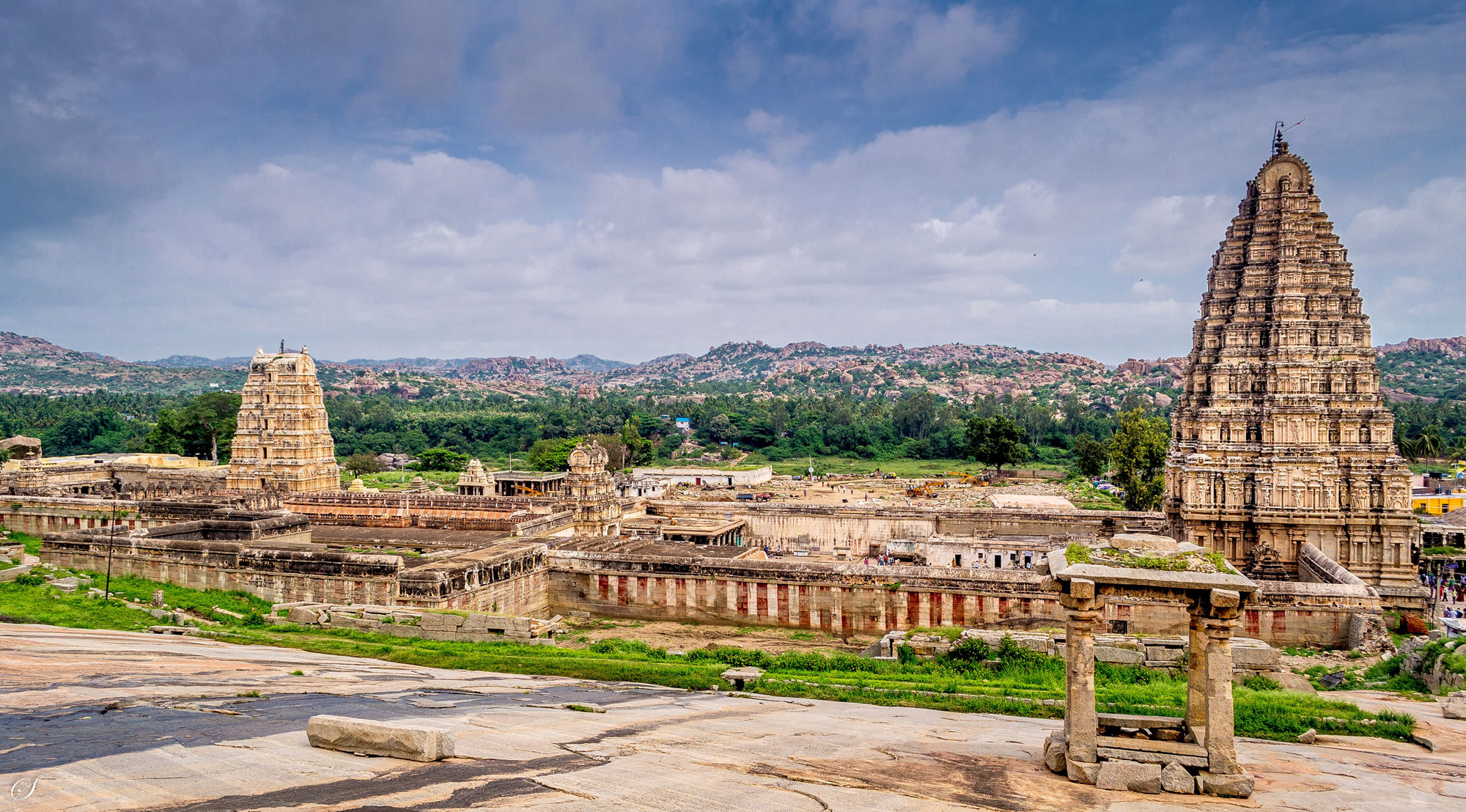
Building development in Hampi continued over 200 years representing the progression of the religious and political context as well as the development of art and architecture. The city has risen to modern heights and is forever recognised as one of the most beautiful cities in the worlds for many foreign travellers.
History Affiliated With the Ruins of Hampi
Hampi is also known as Pampa Kshetra, Kishkindha kshetra and even Bhaskara kshetra. These names were derived from the famous Tungabhadra River Pampa. Hampi word in is another version of Hampe, a Kannada name. Today, Hampi is also known as Vijayanagara who used to rule the city. You can get a glimpse of the excellent architecture of those days as you walk through the splendid forts, palaces and gateways which are the ruins of Hampi. The monuments tell us a lot about Hampi’s past that in the 14th-century, it use to be a prosperous and wealthy kingdom which was eventually destroyed due to the Moghul attacks.
Two local princes, Hakka and Bukka discovered Hampi in the middle of the 14th century. The Empire of Vijayanagar came to be revered as a showpiece of colonial glory for its strength and richness. The 14th-century Hampi relics are scattered in 26 km² of the forest area, enclosed by giant boulders and vegetation. After the Mauryan Empire, Hampi is around and has seen several changes since that time, making it a major element in the history of India.
Two of the must-see monuments are:
- The House of Victory: Here the Kings of Vijayanagar used to sit on a grand throne in the House of Victory and watch the nine-day Dussera festival.
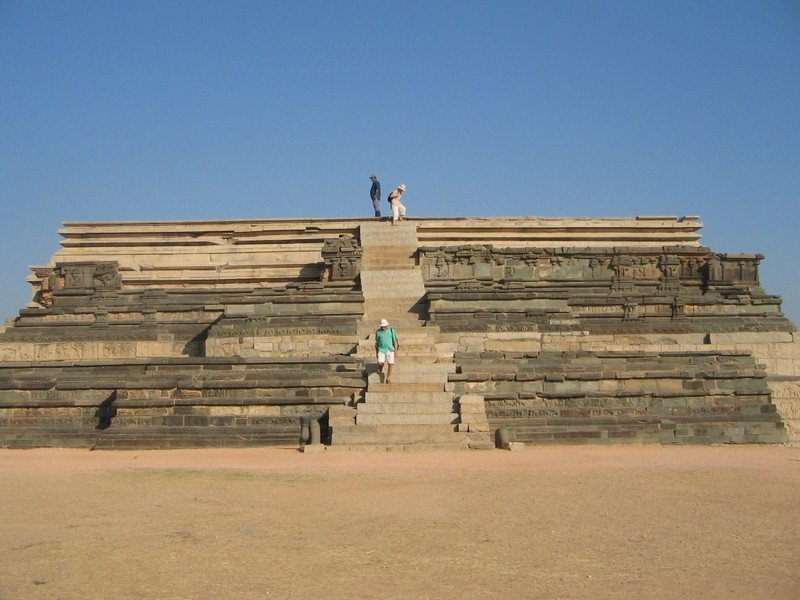
- The Hazara Ramaswami Temple: This temple has been the private place of worship of the royal family. The temple’s main attraction is the series of Ramayana scenes painted on two of the mandapa’s interior walls.
Architectural Brief Regarding Ruins of Hampi
The majority of Hampi’s buildings are made from local granite, burnt bricks, and lime powder. Ruins lie scattered around the Tungabhadra River landscape which gives a breathtaking view for the travellers visiting Hampi. These ruins are divided into two main areas: the Sacred Center in the vicinity of Hampi Bazaar and the Real Center in the region of Kamalapuram and these two are the major entrance of the ruins. The city is full of old temples that date back to the Empire of Vijayanagara.
Also Read: Red Fort of Delhi – Most Magnificent Palace of India
Major Attractions of Hampi
Hampi is not only about the ruins but about the entire atmosphere that makes it a magical retreat. The temples in Hampi are as many as not in the entire city. Mentioning popular temples below-
Sri Virupaksha Temple, Ruins of Hampi
The historic temple in Hampi, which dedicates itself to Lord Siva, is one of the very few living temples. It is situated in the vicinity of the famous Hill Matanga and Hampi Bassar, the temple is considered it to be an absolute marvel and a work of great engineering and architecture because of its complex demonstrations.
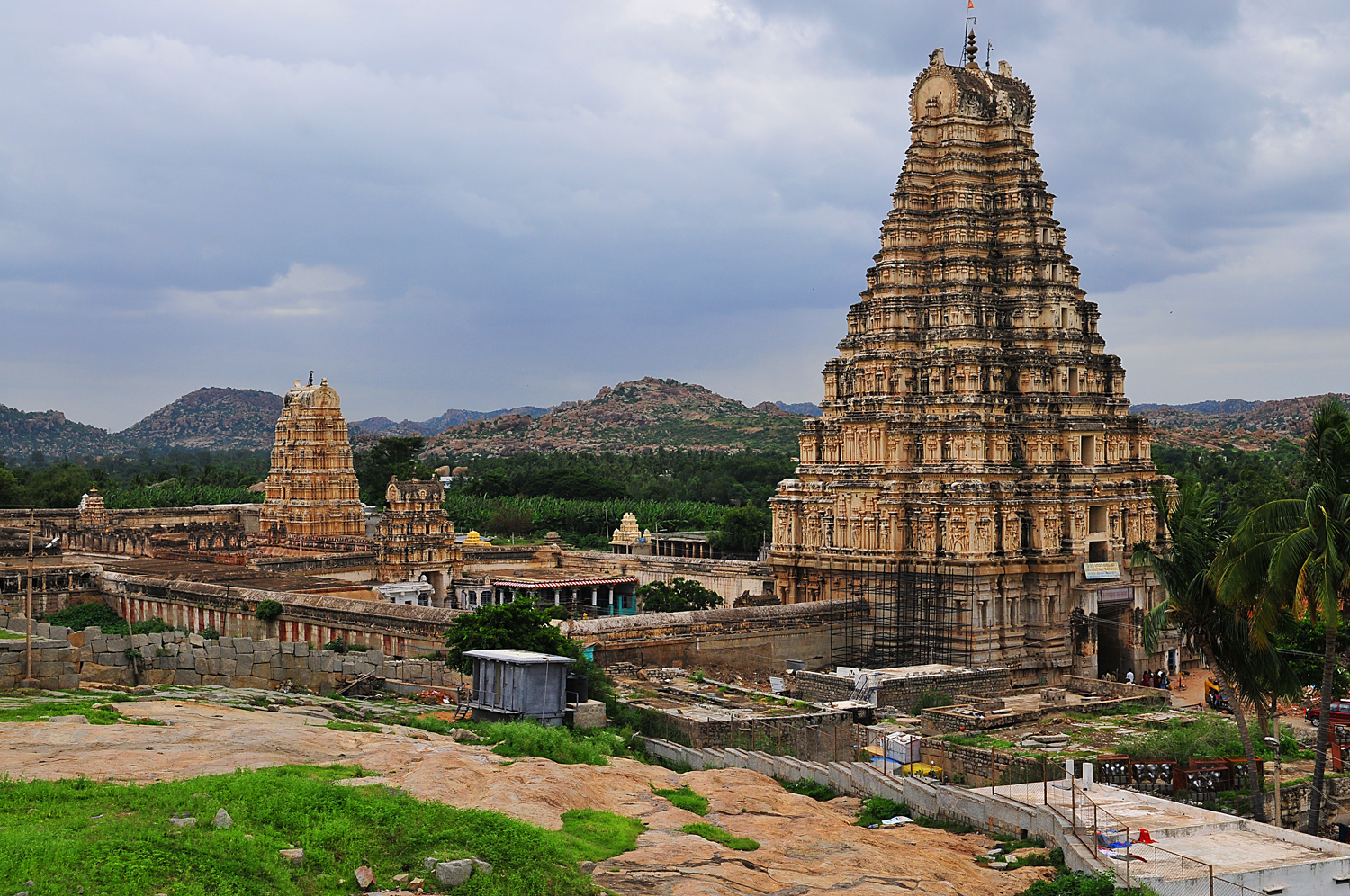
It is one of the oldest living temples in India from the 7th century AD. The stone engraves, gravures and inscriptions portraying Lord Shiva, the childhood of Krishna and the two great epics of the Hindus – Ramayana and Mahabharata-on the pillars and walls of the temple.
Vijaya Vitthala Temple
Another example of the excellent skill of an artist, the stone chariot of the Vijaya Vitthala temple complex speaks volumes of Indian temple architecture and design splendour. Devoted entirely to Lord Vishnu’s Vitthala shape, the temple is the main and most popular attraction in Hampi after the Virupaksha temple.
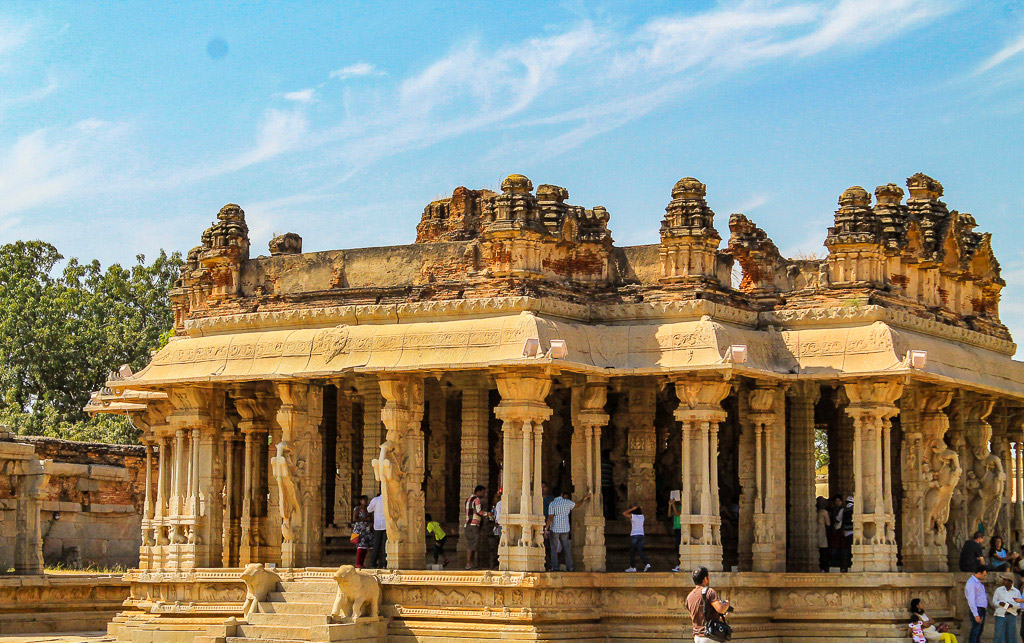
The temple has one of the three stone carriages in the land with the other two in Konark and Mahabalipuram. Another interesting structure is the “Maha Mandapa” composed of musical pillars. The pillars generate hollow musical sounds when they are struck by fingertips.
Sasivekalu Ganesha Temple, Ruins of Hampi
According to Hindu Mythology, the lord which is known for its wit and wisdom is Lord Ganesha and Sasivekalu Ganesha temple in Hampi is dedicated to him only. The reason behind this name Sasivekalu is that the architectural statue of Lord Ganesha in Hampi is in the shape of mustard and the local name of the mustard seed is Sasivekalu.
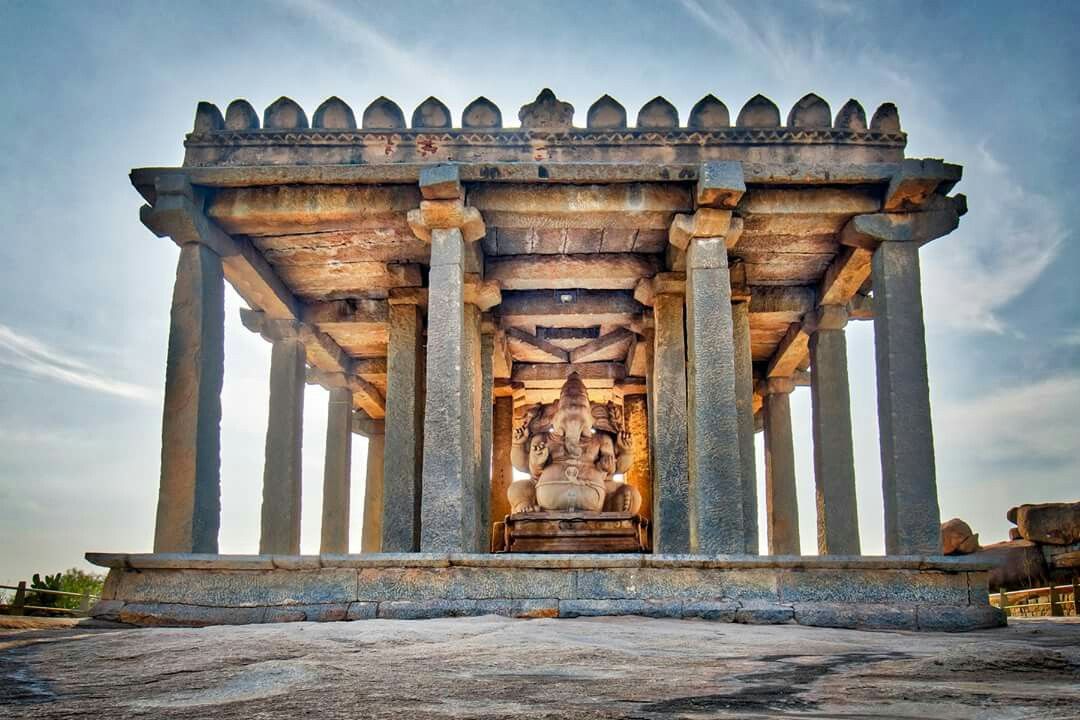
Lord Ganesha is renowned for their eating habits. One day he ate so much food that his tummy was almost about to burst, so he just caught a snake and tied it around his tummy like a belt to save his tummy from bursting and thus this gives Sasivekalu Ganesha sculpture its unique design.
Matanga Hill Temples
The uniqueness of the Hampi is that even with this intense architecture, it offers beautiful and spacious landscapes. Matanga hill is located in the centre of Hampi and if you want to observe the panoramic views of Vijaynagar then visiting this hill is best. On this hill, you can enjoy biking and rock climbing.
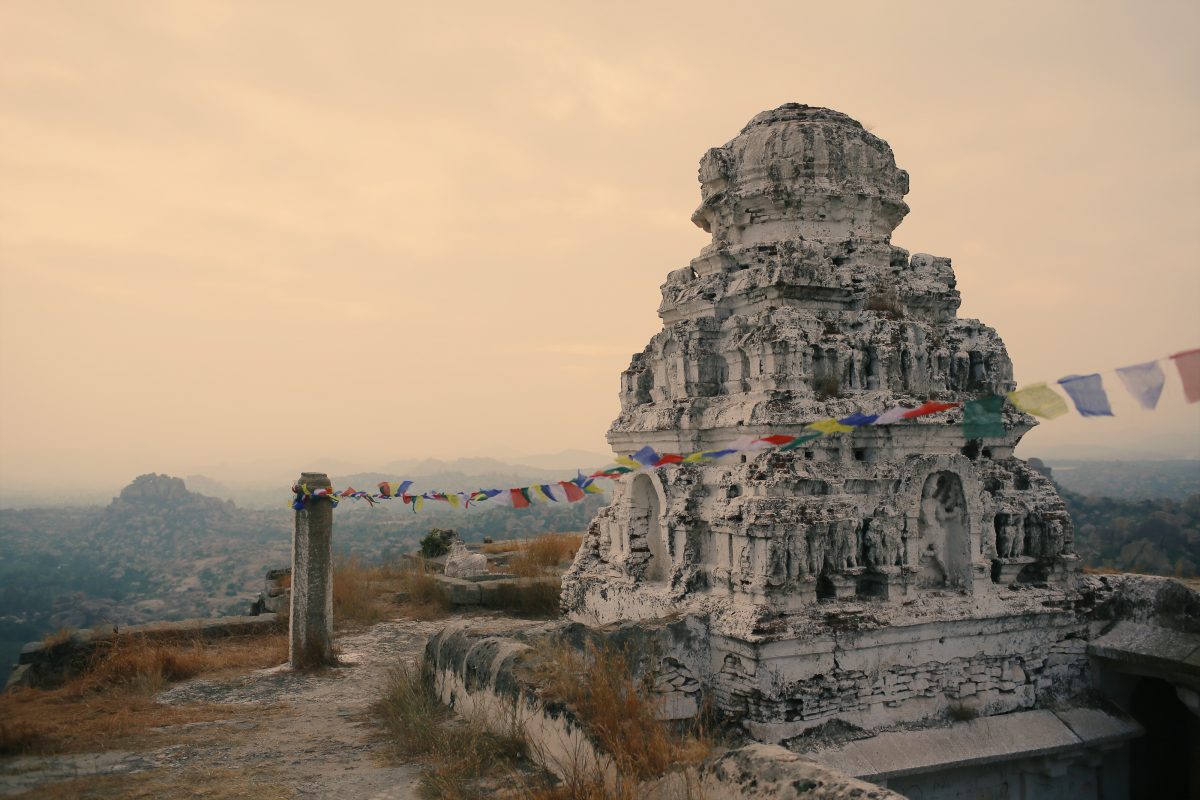
It was named after the sage Matanga, who lived here according to the mythological Hindi epic of Ramayana. You may also visit the Nandi Bull monolithic statue. The top of the hill is in the south and a trek connects the Hampi Bazar to the temple of Achyuta Raya on the hill. The Veerabhadra temple is on the top of the hill.
Also Read: Charminar: The Unknown Facts That You Didn’t Know
Bala Krishna Temple
Bala Krishna temple is known for its beautiful architecture for its Dedicated to Lord Krishna, This temple is dedicated to Lord Balakrishna, another form of Lord Krishna when he was a child. It has also been classified as a UNESCO World Heritage Monument.
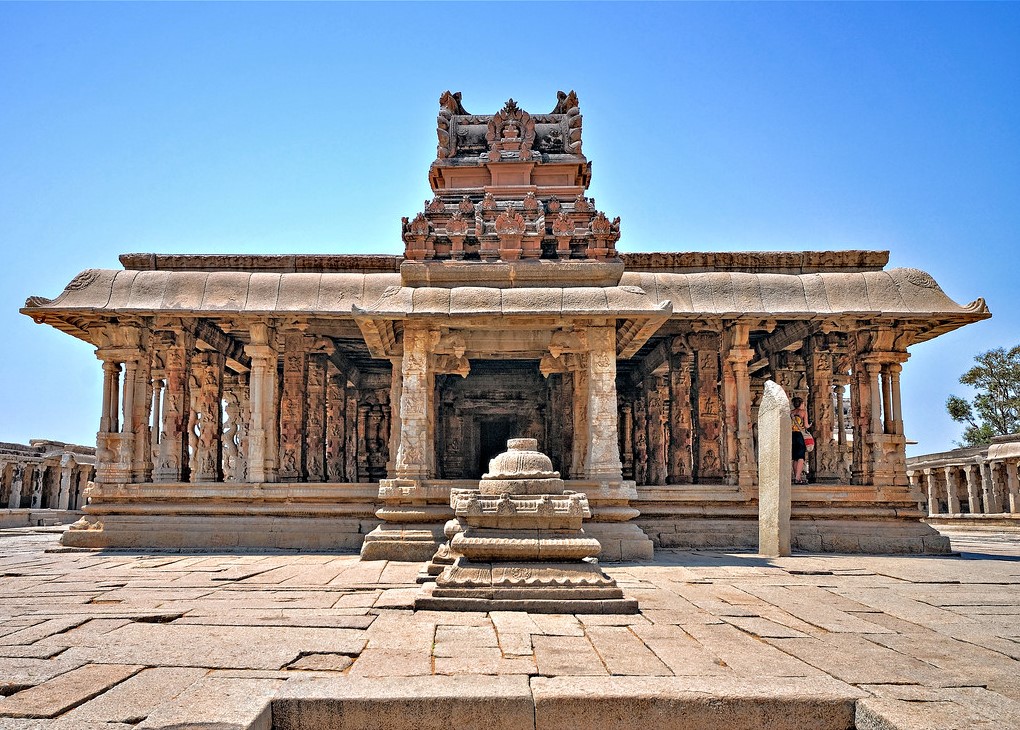
This temple was built by the Vijayanagara era ruler Krishnadevaraya in the year 1513 A.D. This temple was erected in memory of winning the battle and the eventual conquest of Utkala or the Eastern rule of Udayagiri.
Hemakuta Hill Temple
A large number of pre-Vijayanagara temples of note are located in Hemakuta hilltop. The highlights are the sets of triple chambered temples with its pyramid-like granite roofs. This one is a double whammy of Hampi Tourism.
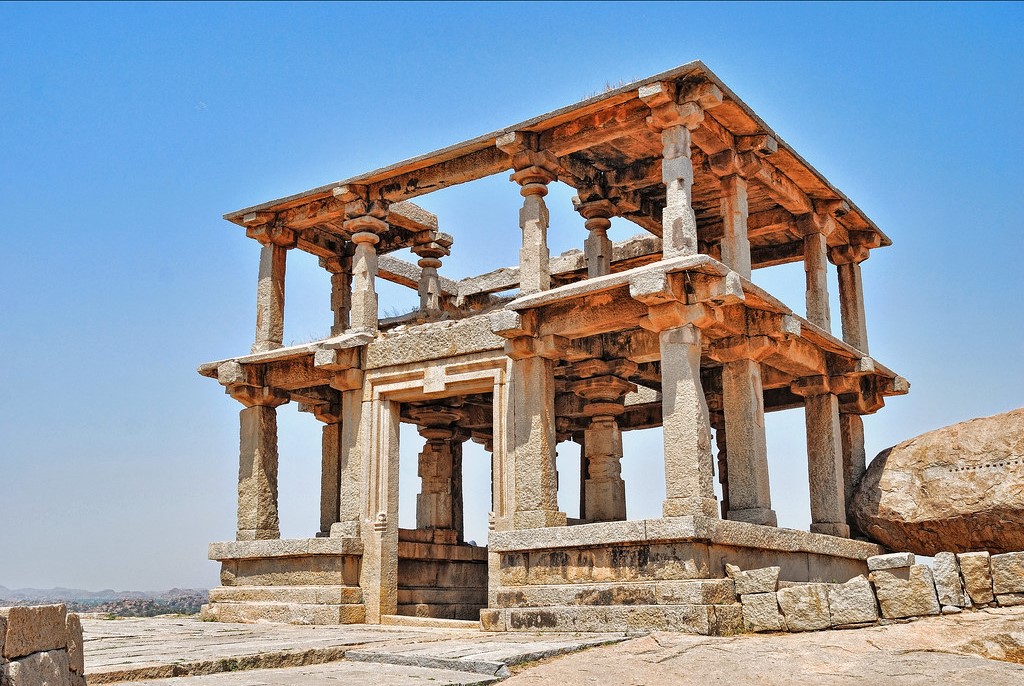
It has hills, the open-air charm element of Hampi, and architectural, religious glamour in form of one of the many temple groups that earned Hampi the UNESCO tag. Hemakuta Hill Temple is for a date with religion and history, you can worship, photograph or look around for miles from high up.
Other Temples of Hampi
We if you want to explore more about the ruins of Hampi then you can also visit these temples Achyuta Raya Temple which is known for its exemplary example of Vijayanagara style of architecture, Monkey Temple, Badavilinga Temple, Chandikesvara Temple, Chandramouliswara Temple, Ganagitti Temple – popular Jain Temple, Hazara Rama Temple, Inscribed Vishnu Temple, Kodanda Rama Temple, Lakshmi Narasimha Statue, Pattabhirama Temple, Prasanna Virupaksha, Saraswati Temple, Uddana Veerabhadra Temple, Varaha Temple and Virupaksha Temple.
Bottom Line
Hampi is that place which is full of rich and vibrant history, architectural brilliance and natural panorama. It can delight both your mind and your heart. The sunset looks amazing when you stroll around the Tungabhadra River in the evening. Hampi is a great destination for people who are interested in history and nature.
Also Read: Akshardham Temple: Epitome of Spirituality & Culture at Delhi

